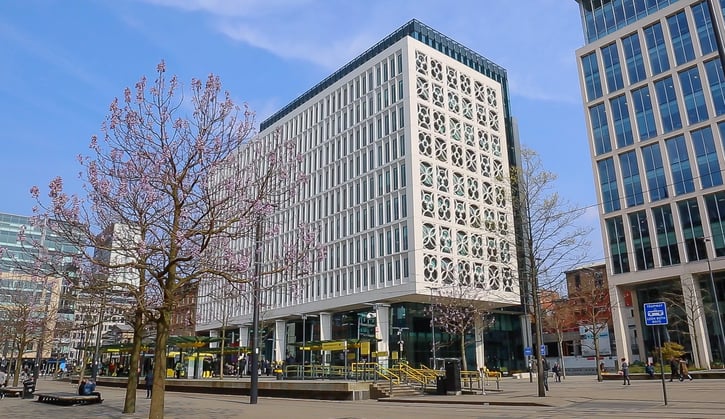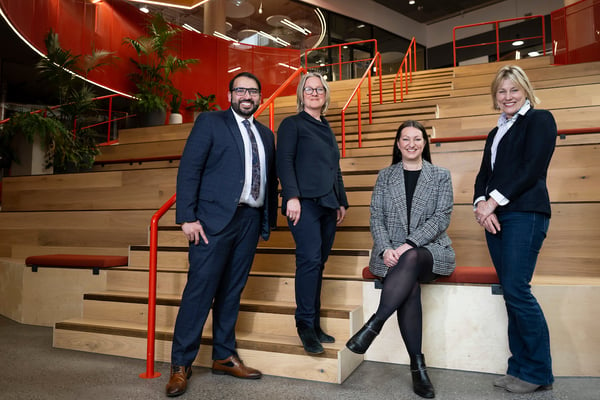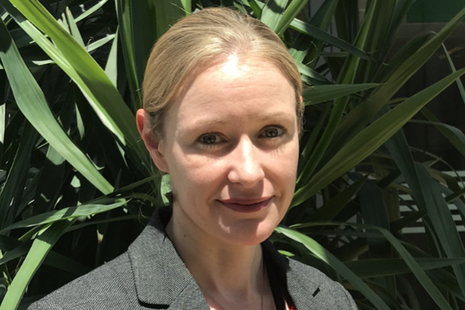DWP's journey to 'take back control' of its IT estate
 The Department for Work and Pensions (DWP) aims to lead the way in digital transformation in central government to provide the best service possible to citizens. To achieve this, the UK's biggest government department is going through a mission to “take back control” of its infrastructure from its various managed services providers, while also looking to move more services into the public cloud.
The Department for Work and Pensions (DWP) aims to lead the way in digital transformation in central government to provide the best service possible to citizens. To achieve this, the UK's biggest government department is going through a mission to “take back control” of its infrastructure from its various managed services providers, while also looking to move more services into the public cloud.
Mike Farrington, Head of Hybrid Cloud Service Operations at DWP Technology Services, spoke to Government Transformation about this journey and how they are overcoming the challenges along the way.
A titanic modernisation task
DWP has a long history of dependency on outsourced managed services. Although there might be some benefits to this way of maintaining the IT estate, Farrington says that it was expensive, preventing the department from delivering good value for money and limiting DWP’s ability to drive innovation and improve public services.
“We're in this position of providing really critical services to citizens,” says Farrington, who joined DWP in January 2020, at a time when services were being migrated out of a third-party data centre, and managed service arrangement. “But citizens today have far greater expectations in terms of the services that we provide. They expect those services to be performing and be available 24/7, to be digitised, to be sleek. We needed more control of our services to drive transformation and innovation.”
DWP took the decision to bring all services back in-house, which Farrington recognises was “a significant undertaking” due to the sheer scale and complexity of the project in what is the UK’s largest central government department.
DWP employs over 84,000 staff (4,000 of those are digital professionals within DWP Digital) who support 20 million citizens and are responsible for releasing over £176 billion annually. “As you can imagine, the complexity of what we're dealing with here, in terms of the services, the infrastructure and the technologies, is significant, to say the least,” Farrington says.
The project’s three stages
When the journey to “take back control” kicked off, the goal was not simply to bring services back in-house. Farrington explains that DWP also wanted to drive public cloud adoption, modernise applications and services, and remediate some of the legacy applications and services - all while improving security.
The project was broken down into three phases. The first involved bringing everything back into DWP’s control from external suppliers so the department could ensure that services are resilient and robust while making the best use of taxpayers’ money. This phase included assessing what DWP could modernise and move to the cloud, in line with the government’s ‘Cloud First’ policy.
Moving services to the public cloud
DWP is currently in phase two, delivering a greater focus on applications and service upgrades. It entails further remediation, improving security, and moving more services into the public cloud, while leveraging some of those cloud capabilities. Where unable to move services to Public Cloud, the Department have implemented and worked with technologies such as Nutanix to modernise on-premise infrastructure, delivering cloud like capability.
Ian Moore, Strategic Account Manager at Nutanix, says that the company's cloud platform has allowed DWP to lay the foundations for a more agile hybrid multi-cloud future. "They are able to migrate workloads to the public cloud where and when needed, but continue to host those not suited to that environment on a private cloud run by the DWP itself," Moore explains.
The next phase of the project will see the culmination of the previous two stages and will allow DWP to reach the headspace to become more innovative and creative with its public services.
Farrington says this last phase will be possible because DWP will arrive to the point where they have stable services, they have remediated applications and services, and they will be confident and comfortable with their security disposition. DWP has been focusing on automation and a move away from resource intensive management of infrastructure and services, the focus shifting to improving citizen services.
Overcoming challenges
Like any other digital transformation of such intricacy, the journey has not been without challenges. Indeed, Farrington says that “three things spring to mind straight away”.
One of those challenges stemmed from external contractors providing services, technologies and applications to DWP over the years: “We had to work through that, build our understanding of what were often legacy services in order to then try to remediate and transform that,” declares Farrington.
Another obstacle related to the shift from using external vendors to running everything in-house was that the department needed new skills and a mindset change. Although DWP was always responsible and accountable for providing services to citizens, before it was akin to a “shared responsibility” with vendors who were managing those services on DWP’s behalf.
With responsibility fully shifting to the department, there has been a real focus on recruitment and building capability, strengthening the ability to design, deliver, and support modern digital services.
Building the skills base in-house
A third challenge, closely related to the previous one, was finding cloud skills. DWP has partnered with Nutanix and Rubrik, the latter also a company specialised in cloud management, to build those skills in-house.
Farrington highlights that at the heart of this journey is providing the best possible services to the people DWP aims to support in an efficient and cost-effective manner.
“Developing and driving adoption of shared platforms, products, and services is a key priority for the department, avoiding duplication of effort, and enabling Product Development Units to focus on improving citizen services,” says Farrington.
“We’re modernising services through our Hybrid Hosting Transformation Programme, moving more services to the public cloud, SaaS platforms, and modern software defined infrastructure such as Nutanix and Rubrik on-premise – we’re delivering a true hybrid cloud capability.”
(Photo: DWP Digital Hub in Manchester. Credit: DWP.)





